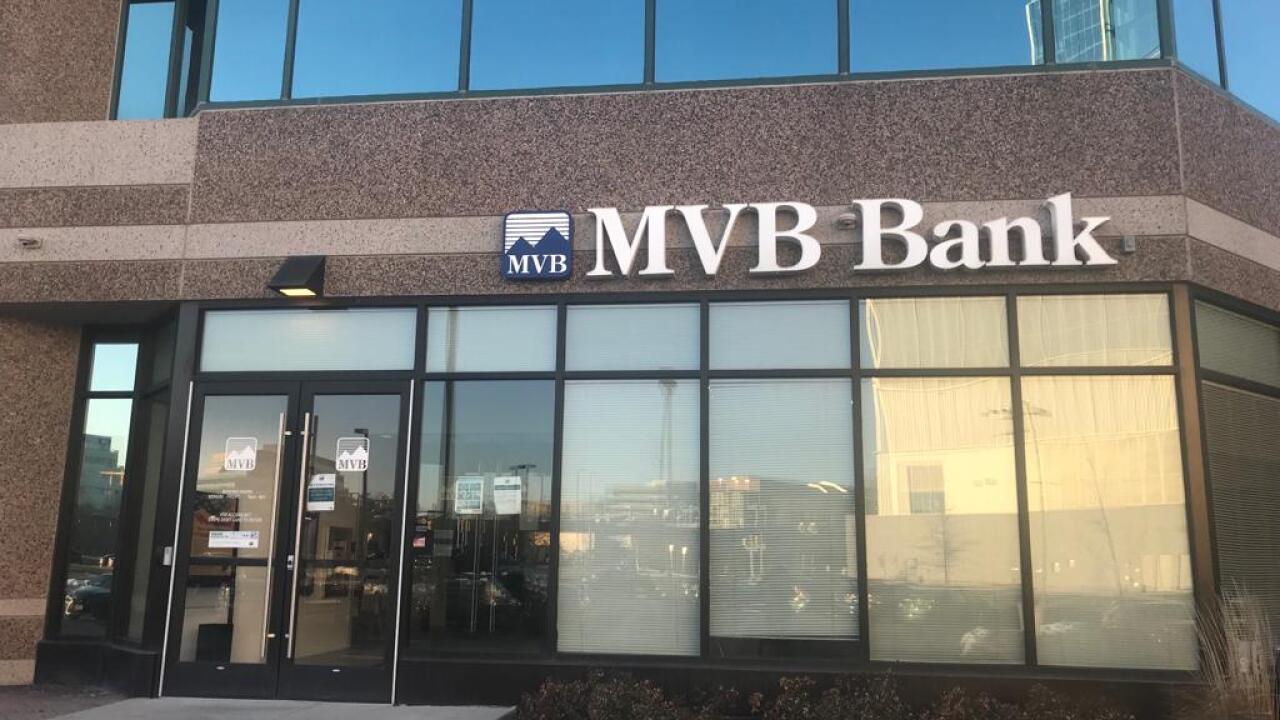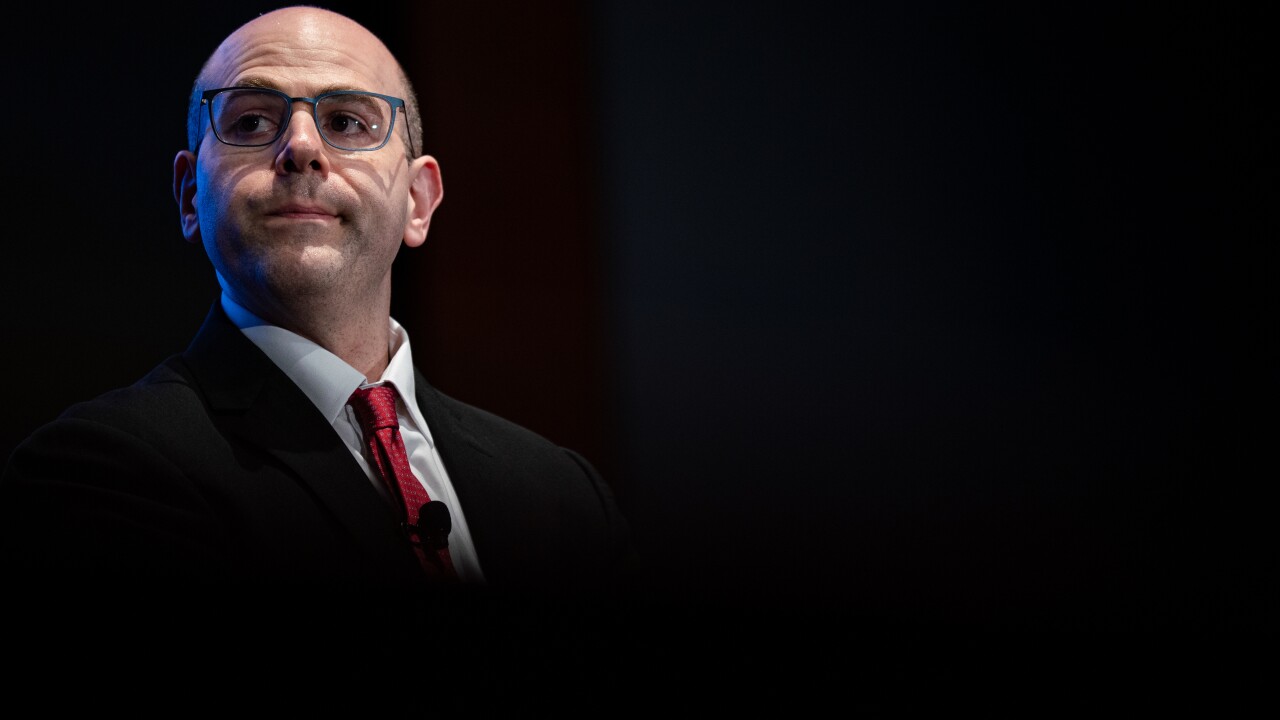As mobile commerce matures, consumers are getting more accustomed to the process of populating a shopping cart from a smartphone's screen. It's a process that could translate well to brick-and-mortar stores.
NewStore, a Boston-based mobile retail technology company, is planning its first deployments of an experience that's similar to mobile or online shopping.
"In the store you want to be able to point your camera at a QR code and have those items show up in your online shopping cart with Apple Pay or PayPal as a checkout option," said Stephan Schambach, CEO of NewStore. "You want to be similar to Amazon Checkout, where everybody has a login and once you're logged in you don't have to type in an address or an email or a password again."

NewStore's offering has some elements of existing retail technology, such as in-store location tracking for marketing and mobile point of sale. To execute payments, consumers would log into the store's mobile app and pay by holding their smartphone near the store clerk's smartphone, with options such as PayPal and OEM payment apps available.
In stores, phone-to-phone payments are "generally not available. The checkout experience is still a 15- to 20-year-old experience, clunky and in one corner of a store, with credit card terminals that are still stationary," Schambach said.
By connecting the consumers' and the staffers' phones through the camera and QR code reader, a shopper can make in-store and online purchases as part of the same shopping trip. "There's an item that the store may not have, but it's in their distribution center," Schambach said.
The underlying technology is referred to as "
NewStore plans its first deployments in February or March. Device-to-device communication is expected to be part of
Writing for
Part of this trend also includes the use of
The market still hasn't shown if consumers or retailers will adopt this technology in a substantial way.
"Progress is being made but it’s not clear to me how this will shake out," said Thad Peterson, a senior analyst at Aite Group, noting Kroger’s self-service shopping system has gained traction. The use cases drive adoption, Peterson said.
"For Amazon Go, it’s probably a convenience store model, and for scan and go it’s about supermarkets and general merchandise stores," Peterson said. "Applications are starting to show up for fuel and connected cars, as well. In every case, the change in customer experience needs to be compelling if merchants in any category are going to adopt it."





